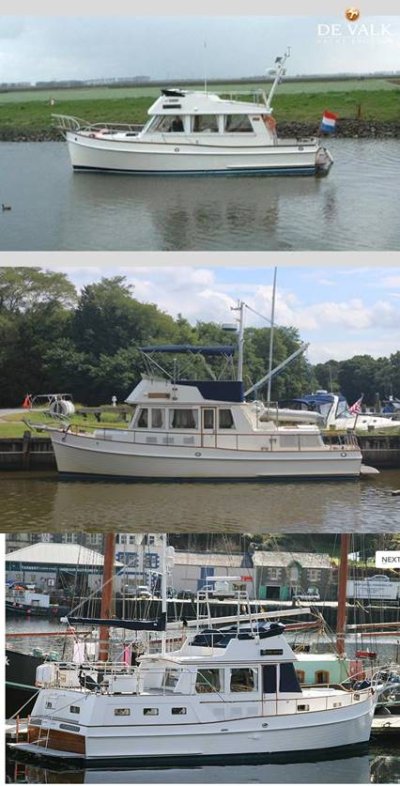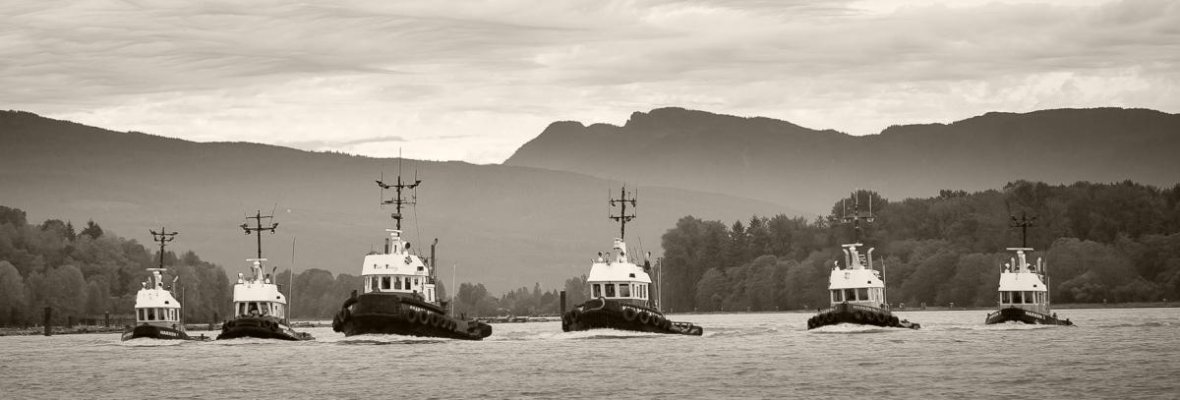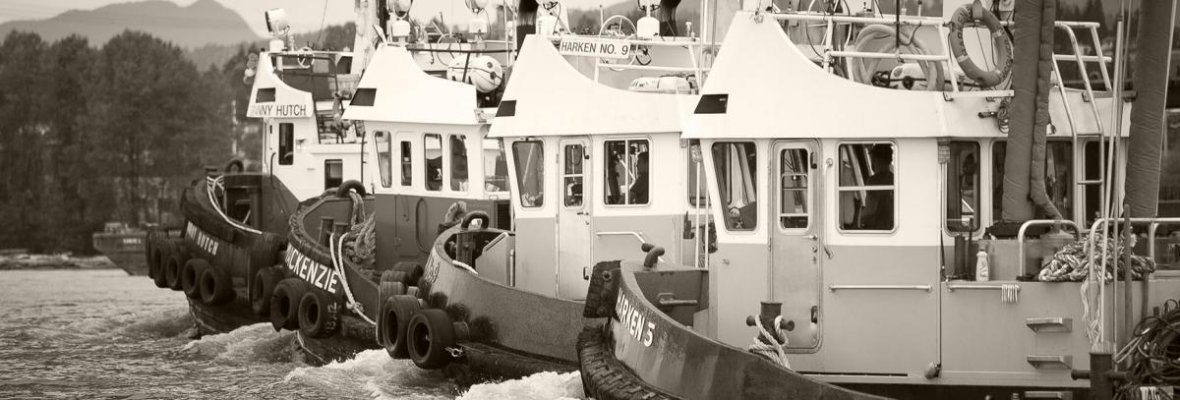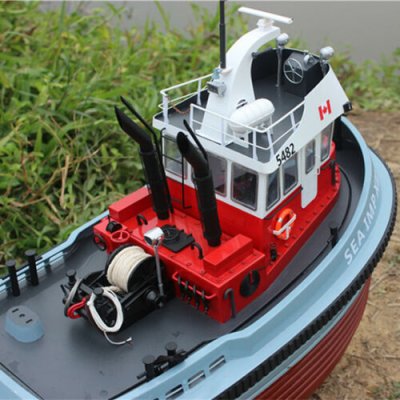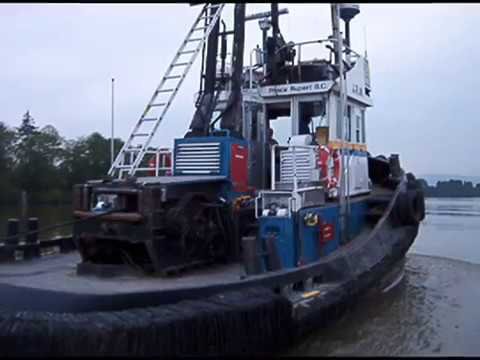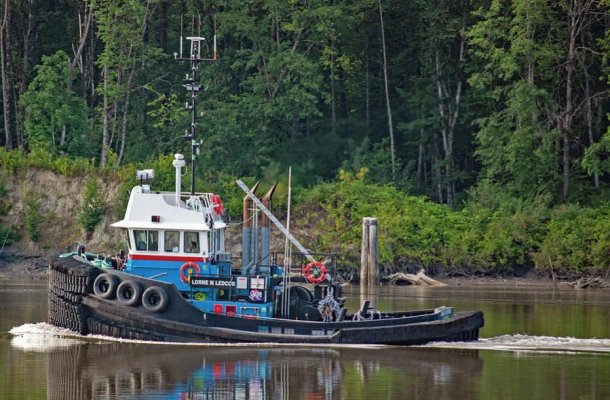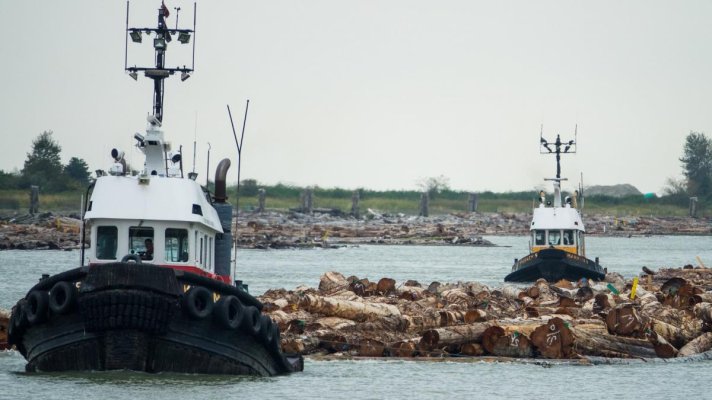crappierod
Member
- Joined
- Feb 3, 2023
- Messages
- 5
I'm a new member looking for ny new boat. Been looking at tugs & trawlers.
They seem to be equipped the same. I noticed tugs have a shorter foredeck
then trawlers. I'm I right? I'm looking to move to the north west to do the
NWP & to enloy the great fishing. At this time, I'm both captain & first
mate.
I have seen some boats talk about a wing engine as a second power source.
How does that work?
thanks for any help that I can get.
They seem to be equipped the same. I noticed tugs have a shorter foredeck
then trawlers. I'm I right? I'm looking to move to the north west to do the
NWP & to enloy the great fishing. At this time, I'm both captain & first
mate.
I have seen some boats talk about a wing engine as a second power source.
How does that work?
thanks for any help that I can get.

